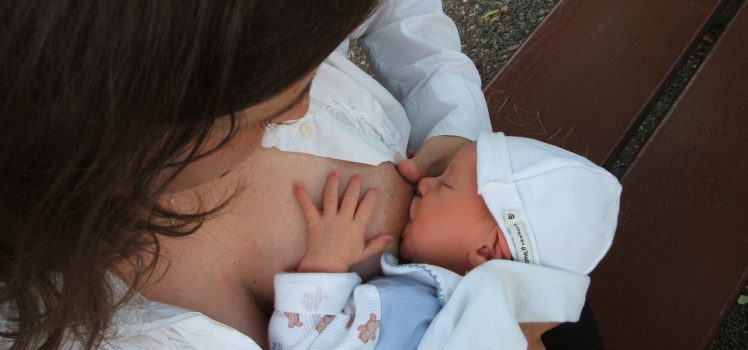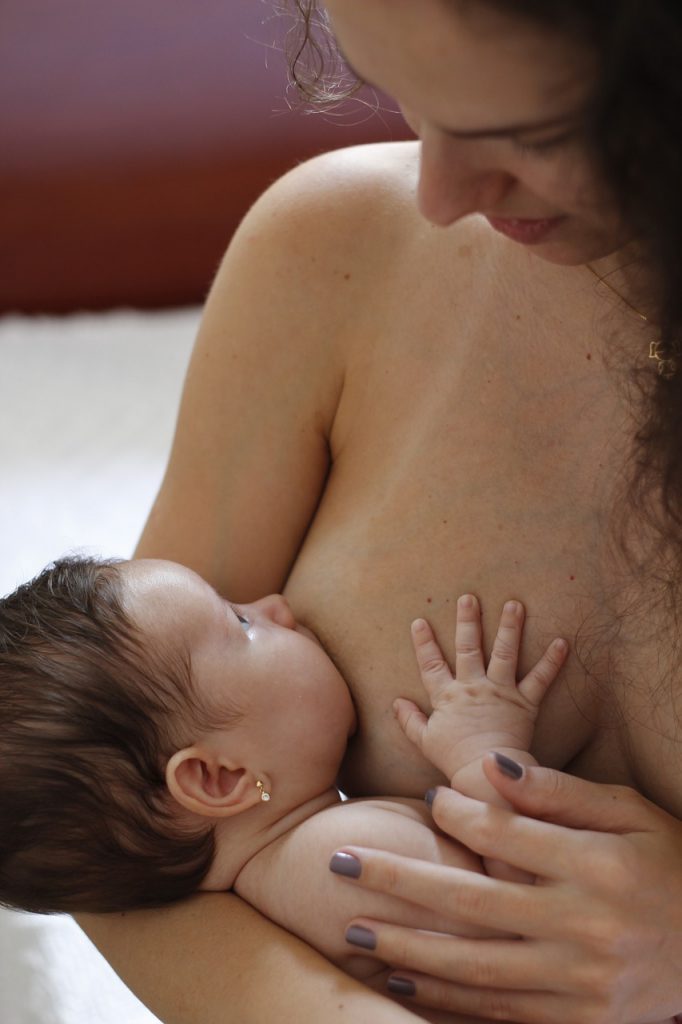World Breastfeeding Week: How Breastfeeding Changes Our Health

First of August is the beginning of the World Breastfeeding Week. We at FindMeCure take very seriously our mission to provide you with diverse and useful information about clinical trials and new treatments. However, health is a much broader topic and today we take the opportunity to start a conversation about breastfeeding by proving some facts and stats, discussing the potential benefits, is breastfeeding really related to lower breast cancer risk, is breastfeeding in public inappropriate – all those interesting little things that might inspire discussions.
Feel free to comment and bring your point of view under the spotlight! You can also share this articles with the official hashtag of the World Breastfeeding Week (#WBW2017) and by doing so to invite more people to the conversation.
For starters, here are some cool facts about breastfeeding:
- Human breast milk has 70 calories per 100 grams – in comparison, 100 grams of 3.7% fat cow milk has only 64.
- Babies can recognise the specific smell their own mother’s milk has.
- Through breastmilk the baby can even indirectly get a slight taste of the food the mother has been eating – that’s how they get exposed to different tastes.
- Childbirth is the final signal the body needs to start producing milk and because it doesn’t “know” whether there are one or more babies, it produces more milk than one baby needs and later regulates accordingly. But until it does – there goes your favorite shirt…
- Colostrum is what the yellowish fluid produced immediately after birth is called; it’s nutrient-dense and the baby doesn’t need much of it to stay nurtured until the milk flow increases, which can happen up to 5 days later.
- How much milk is produced depends on how often the baby feeds – the more often the baby is nursed, the greater the amount of produced milk.
- More milk is produced in the right breast (75% of the time), regardless of whether the person is right- or left-handed (Wow!).
- The content of breast milk changes depending on both the baby’s development and needs and the outside conditions – for example, in hot weather the amount of water may increase for additional hydration.
- According to the 2014 breastfeeding record card the percentage of babies who are ever breastfed in 79.2 nationwide, which shows a rising trend. However, only 18.8% of those 79.2% are exclusively breastfed for the first 6 months of life as recommended by WHO.
- It’s generally estimated that 1-5% of women can’t produce enough milk to breastfeed their baby, but that’s not a very reliable figure. It’s not yet well understood why, although there are many factors like estrogen-based birth control, stress and so on. If you are among those women, the shame and pressure can be crushing. This is why we need to break the stigma around breastfeeding and educate the society altogether.

WHO recommends breastfeeding “by demand” as soon as within the first hour after birth and exclusively breastfeeding for the first 6 months of the baby’s life. After that, some solid food like pureed fruit and veggies can be introduced combined with breastfeeding for the first two years. Now, that may sound a bit too radical or… let’s be honest – hippie, but here are some potential benefits both for the baby and the mother, that may justify such an approach.
- Breastmilk boosts the baby’s immune system and can reduce the risk of disease even later in life, including obesity.
- Breastfeeding significantly reduces the risk of breast and ovarian cancer in the mother – and even osteoporosis and some heart conditions. The longer she breastfeeds, the lower the risk. One more thing: breastfeeding a female child can even reduce the child’s risk of breast cancer by up to 25%.
- Breastfeeding helps heal faster after childbirth, releasing hormones that signal to the uterus to return to its pre-pregnancy size.
- It helps lose weight and thus, return to pre-baby shape or at least near enough. It takes approximately 1000 calories a day to produce milk – that’s better than Zumba.
- It’s cheaper. When you take into account all the baby-related expenses, not spending any money on food for the first 6 month sounds pretty good.
- Breastfeeding promoted bonding with the child; skin-on-skin contact is recommended immediately after birth as it helps healing, bonding, providing a sense of security and comfort for the baby, it reinforces the connection with the mother after the traumatic experience of birth and helps overcome the stress. Also, during the first few months of their lives babies are extremely short-sighted – they see as far as about 18 inches/45 cm away, that’s the distance between the breast and the face, so breastfeeding literally provides some face-to-face contact with the child.
- Exclusive breastfeeding during the first few months also lowers the risk of postpartum depression according to WHO.
Unfortunately, many new mothers find themselves in a “damned if you do, damned if you don’t” kind of situation when it comes to breastfeeding. Paid maternity leave is a huge factor in a woman’s decision whether to breastfeed and for how long.
And so is a social stigma associated with breastfeeding in public. Objectification of women’s bodies portrays breasts as primarily sexual objects, even though their main and most important function is feeding babies.
For something a bit lighter on the topic of breastfeeding, check out this article in Cosmo about the Starbucks Pink Drink that supposedly increases breast milk production.
And for something far more serious, check out FindMeCure’s search engine; 1882 clinical trials for breast cancer show up worldwide and there are 2099 results for clinical trials involving breasts in general.
Use the search bellow to find even more clinical trials!
Sources:
[1] https://www.health-foundations.com/blog/2013/11/19/15-cool-facts-about-breastfeeding

